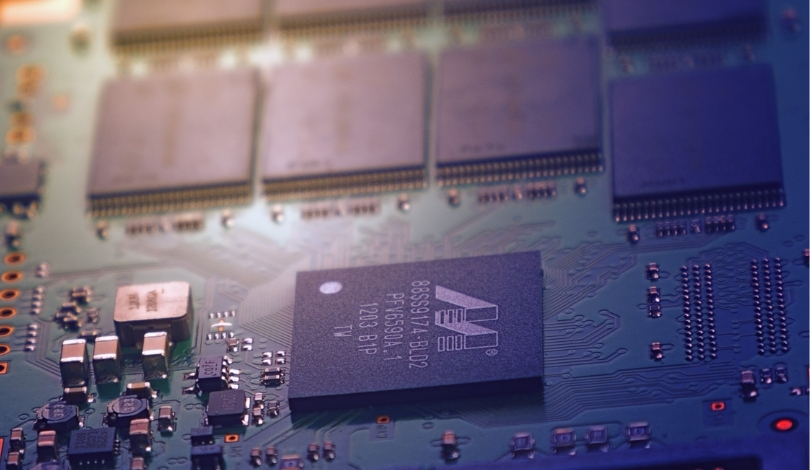PC gaming communities have long debated the impact of hardware architecture on gaming experiences, especially regarding processor cache size and efficiency. Recent reports suggest Intel is developing its next-gen Nova Lake CPUs, with plans to bolster cache sizes that could influence how gamers choose their components. As competition with established brands intensifies, choices made in the design of Nova Lake may address longstanding criticisms from gaming enthusiasts. Strengthening foundations in performance-critical areas can also sway opinions of those previously dissatisfied with past Intel offerings.
Intel previously focused on architectural changes and incremental performance improvements, but reviewers and analysts have noticed that cache size often lags behind AMD’s Ryzen offerings, which gained popularity among PC gamers for superior game responsiveness. Past speculation around Meteor Lake and Arrow Lake did not prioritize cache expansions as a key feature, potentially limiting enthusiasm among the gaming market. If Nova Lake fulfills its rumored plans for notably larger cache, it could signal a new approach to regaining traction in this segment. This direction contrasts earlier strategies, showing a pivot from frequency-focused improvements to addressing real-world gaming bottlenecks.
How Does Nova Lake Aim to Attract PC Gamers?
The central promise of Nova Lake lies in a considerable increase in processor cache, a specification that typically influences gaming frame rates and overall system responsiveness. Intel representatives have commented on the importance of matching hardware development with user expectations, especially in a segment where brand loyalty fluctuates. By focusing on this aspect, Intel hopes to reduce latency and improve workloads that benefit from greater on-chip memory.
What Kind of Performance Shift Is Expected?
While raw clock speeds and core counts have dominated marketing in past processor generations, gaming users have increasingly observed how cache depth impacts popular titles, particularly those with large worlds or complex simulations. According to Intel’s internal discussions, the company recognizes these community concerns:
“We’re always listening to gamers who want better performance where it matters most,”
stated an Intel engineer associated with the Nova Lake project. This adjustment in design philosophy may affect benchmarks once retail units become available, potentially closing the performance gap some users observed with rival processors.
Will the New Strategy Improve Intel’s Reputation?
A measurable improvement in cache allocation could reshape how gaming enthusiasts perceive Intel’s role in the PC ecosystem. The company has addressed its awareness of consumer priorities:
“Our next-generation chips seek to deliver what gamers have been requesting,”
said a spokesperson. Such statements suggest a broader corporate acknowledgment of the shifting priorities in PC gaming hardware selection, with practical responsiveness outweighing marketing specifications for many users.
Beyond competitive claims, the effectiveness of increased cache depends upon alignment with software optimization in games and whether hardware partners rapidly integrate Nova Lake chips in gaming desktops and laptops. Significant cache increases have the potential to mitigate stutters, improve minimum frame rates, and assist with multitasking under gaming loads. While past Intel releases sometimes trailed AMD in these metrics, the commitment to larger caches reflects an understanding of current market dynamics and performance metrics important to PC gamers. Users interested in building or upgrading gaming machines should monitor early reviews and compatibility guidance when Nova Lake becomes available, as real-world application will ultimately validate the impact of this architectural adjustment. This shift in focus could inform the next generation of gaming hardware purchases, especially for those prioritizing seamless and consistent play experiences.










